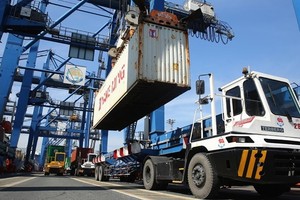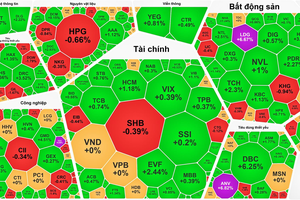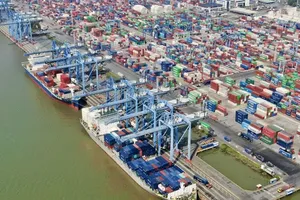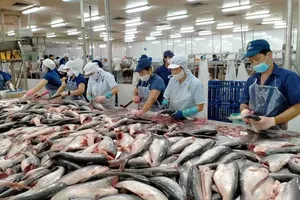Of which, power supply and monitoring charge at ports account for the largest proportion because the Covid-19 pandemic has caused containers to stay at ports longer than before. Some enterprises even were delayed or canceled export orders.
Most main export markets of Vietnamese seafood and aquatic products are stagnant due to social distancing, border closure, difficult transportation, and high costs. Fast-foods chains, restaurants, and hotels closed, causing purchasing power to steeply drop.
Shrimp exports in the first quarter of this year to Japan nearly reached US$132 million, up 8.4 percent. The US market followed with $115.5 million, up 18.2 percent. However, shrimp exports to China, Europe, and South Korea declined compared to the same period last year. Fortunately, the losing momentum currently has been narrowed from above 40 percent to just above 20 percent.
Most main export markets of Vietnamese seafood and aquatic products are stagnant due to social distancing, border closure, difficult transportation, and high costs. Fast-foods chains, restaurants, and hotels closed, causing purchasing power to steeply drop.
Shrimp exports in the first quarter of this year to Japan nearly reached US$132 million, up 8.4 percent. The US market followed with $115.5 million, up 18.2 percent. However, shrimp exports to China, Europe, and South Korea declined compared to the same period last year. Fortunately, the losing momentum currently has been narrowed from above 40 percent to just above 20 percent.
























